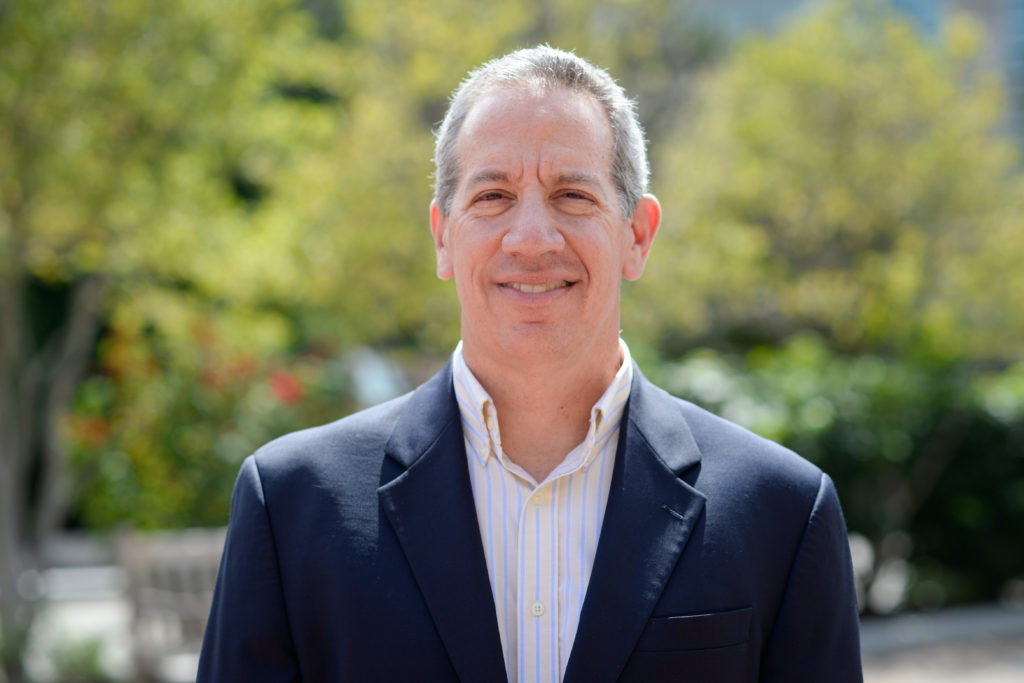Over the past four months, the Alumni Association has lost more than half of its members and ousted its president amid concern about the organization’s impending integration with the University.
But GWAA’s new head said he will still move forward with the controversial merger with the support of the remaining members of the group’s governing body, many of whom voiced concerns about the way the previous president handled negotiations. Martin Baum, the organization’s president, said many of GWAA’s priorities will remain the same under his leadership – but will include input from alumni on and off the board.
“We want to be a strategic partner and have a seat at the table,” Baum said. “That’s how you can effect change.”
Baum, a 1982 graduate who previously served as GWAA’s treasurer, assumed the presidency of the organization last month after the group voted to remove Venessa Marie Perry from its top post. Board members had previously claimed Perry made unilateral decisions for the group and silenced anyone who voiced concerns about the merger threatening the organization’s independence.
Baum said he decided to move forward with integration because it would allow the board to have more of a say in University decisions about alumni engagement as a partner instead of as a separate group. He said the board passed an official resolution in July to continue the negotiations because the merger creates a “unified” organization that can share financial and staffing resources.
Baum said he also created a “small” committee this summer to lead integration discussions with the University. He declined to say how many members serve on the committee.
Baum also declined to provide a timeline for the merger because he said he doesn’t know when negotiations will end. But he said alumni will have time to weigh in about the negotiations at an open house event at Alumni Weekend in October.
He added that the University is providing support to the group throughout the merger process but did not specify how.
Asha Aravindakshan, the chair of the career services committee, said she and her committee are already accustomed to working with the Office of Alumni Relations after launching industry networking events last year. Much of the work she has completed over her five years on the board has involved marketing and promoting events the University hosts, she said.
“I see us being more involved in the programming that’s happening broadly and getting more of a voice by being more integrated with the University,” Aravindakshan said.
Over the past year, resignations and term expirations have reduced the size of GWAA’s governing body from 47 to 19, but Baum said he will keep the group at its current size as long as the scaleback does not come at the expense of diversity or productivity. Shrinking the board was a main priority for Perry, the group’s former president, because she wanted to cut down on inactive members to boost efficiency.
Baum said a smaller board means the group can make faster decisions, but he said fewer members also makes it difficult to run current initiatives, like providing a grant to students who host events with alumni.
“There’s definitely a couple times where we wished we had a couple more arms and legs, especially over the last couple weeks,” he said. “But I feel like we’re still making progress, and that’s a fair trade-off we’ve had to make.”
Brooke Morita, the chair of the grants committee, said a smaller board means fewer members can pick up work when she’s overloaded while allocating grants. She said all board members now have more responsibilities for their respective committees.
But Morita also said having fewer people can make board members feel like their voices are heard and their decisions and ideas are important.
“It creates a sense of ownership and pride,” she said.





